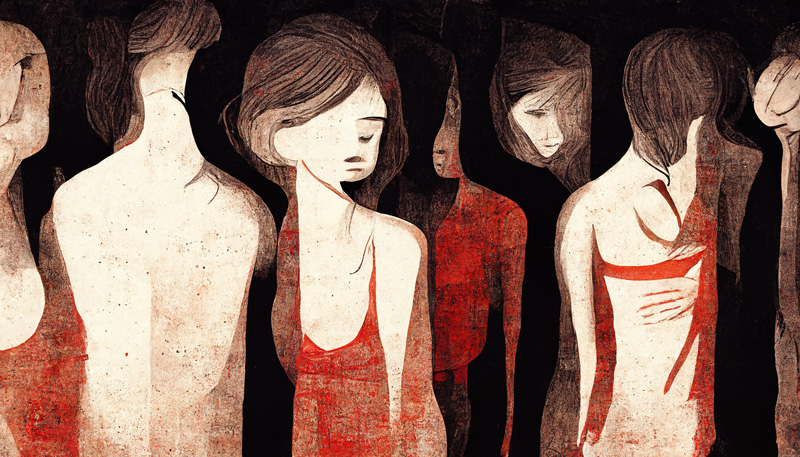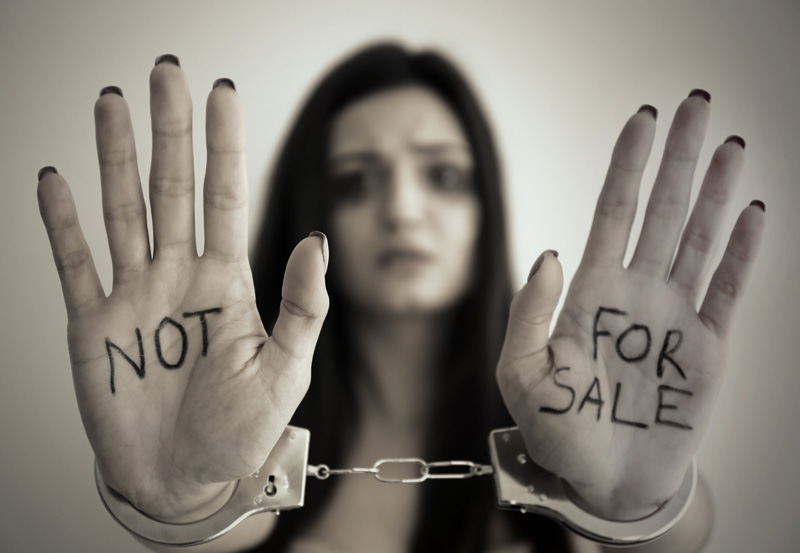From The Human Trafficking Hotline:
In 2021:
10,360 cases of human trafficking (both labor AND sex) were identified
16, 710 victims were involved in these cases (both labor AND sex)
Types of trafficking that were reported to the hotline (does not mean they were all ultimately identified as trafficking):
Sex - 7,499
Labor - 1,066
Sex and Labor - 400
Venues for Sex Trafficking:
Pornography - 807
Illicit Massage/Spa Business - 596
Hotel/Motel-Based - 579
Residence-Based Commercial Sex - 525
Online Ad Venue Unknown - 369
Street-Based - 178
Escort/Delivery Service - 134
Hostess/Strip Club-Based - 47
Truck Stop-Based - 43
Bar/Club - 33
Legalized Brothel - 3
Other - 4,185


From decriminalizesexwork.com:
"Human trafficking is when an individual or group uses force, fraud, or coercion to compel another into some kind of labor, including commercial sex acts.2 Human trafficking is an egregious abuse of human rights and a critical public health issue that causes long-term harm to individuals and communities.3
The majority of individuals involved in the sex trade are consenting adults. In 2020, prostitution related offenses outnumbered those related to trafficking in the sex trade 38 to 1."
From the State Department's 2023 Trafficking in Human Persons Report:
"Traffickers often target those who experience compounding forms of discrimination (such as discrimination because of one’s racial or ethnic group, gender identity, disability, or sexual orientation), violence (such as intimate partner or domestic violence), or who interact with government-run programs (such as the criminal justice system, runaway and homeless youth services, foster or institutional care, and the immigration enforcement system). Traffickers compel victims to engage in commercial sex and to work in both legal and illicit industries and sectors, including in hospitality, traveling sales crews, agriculture, janitorial services, construction, landscaping, restaurants, factories and manufacturing, direct care services, salon services, massage parlors, retail, fairs and carnivals, peddling and begging, drug smuggling and distribution, religious institutions, and domestic work. Traffickers continued to use social media and other online platforms to recruit and advertise victims."
From the Bureau of Justice Statistics: